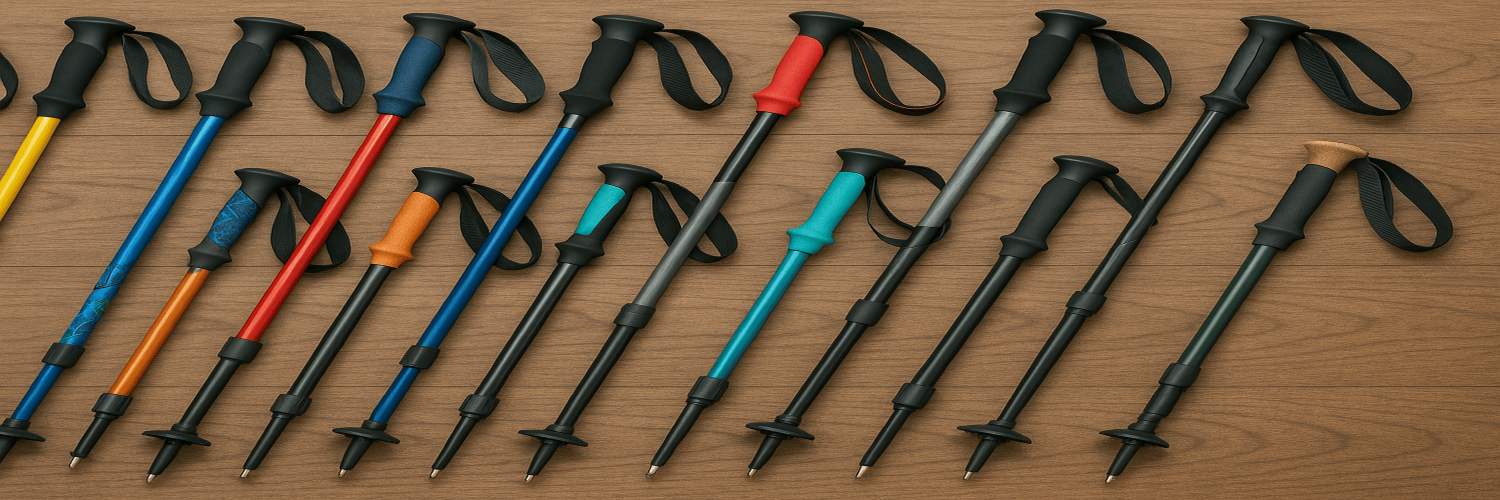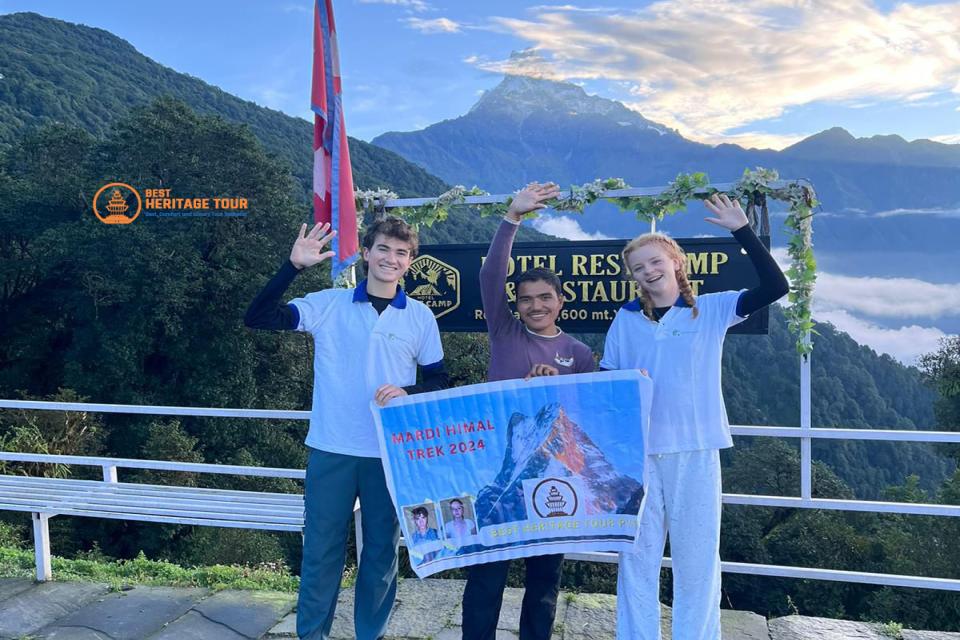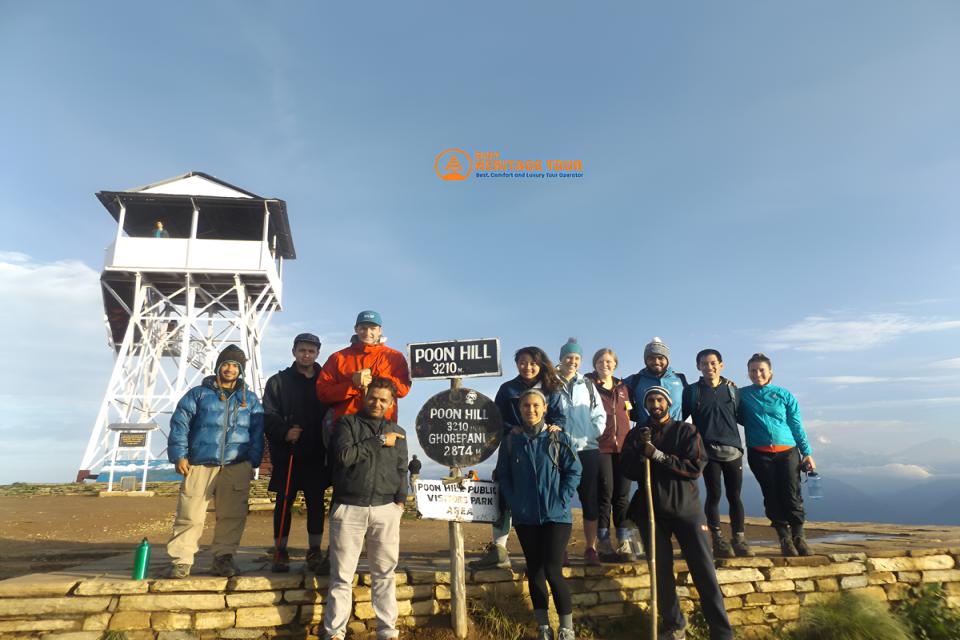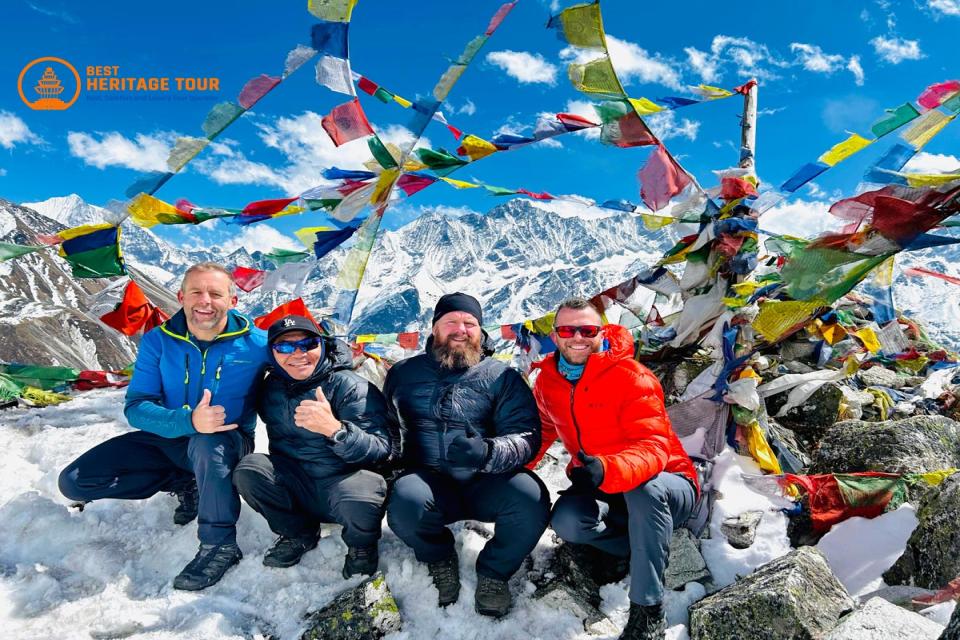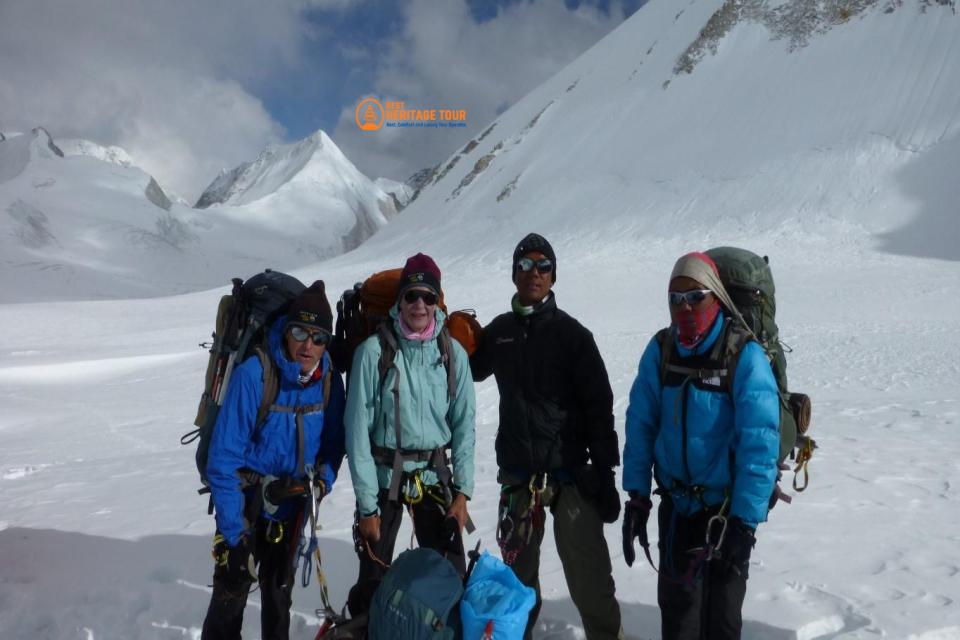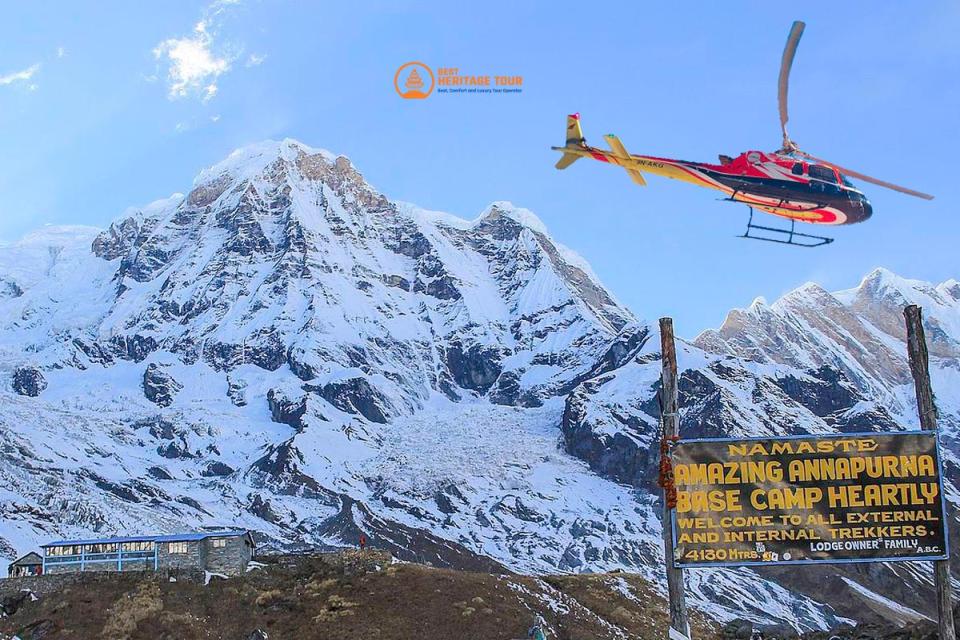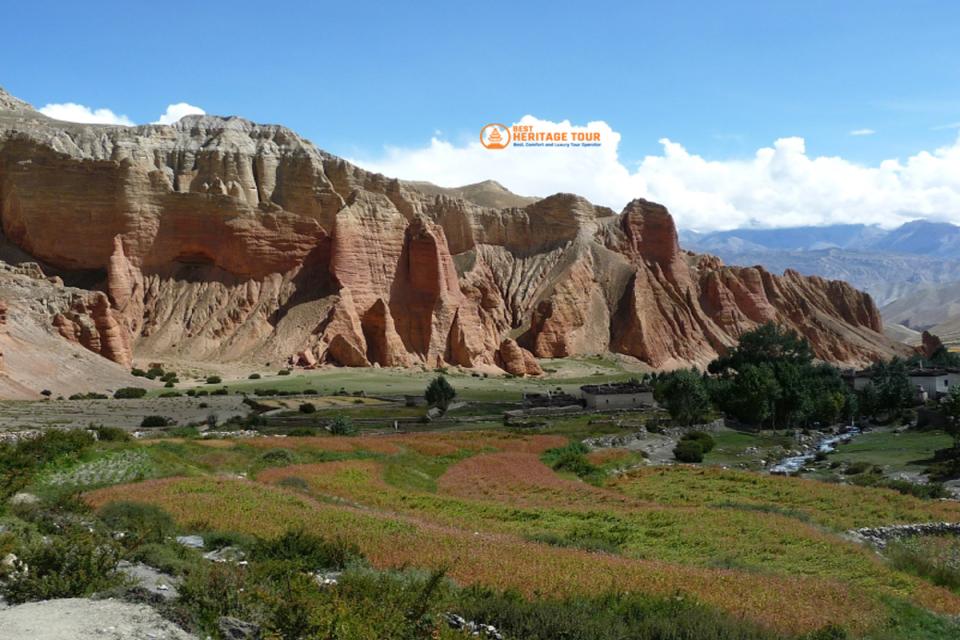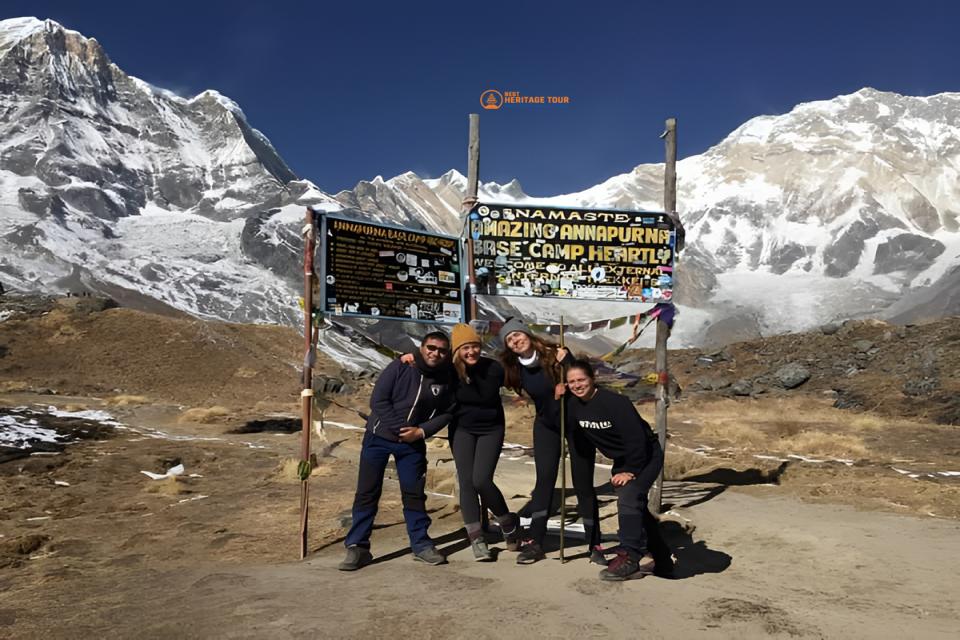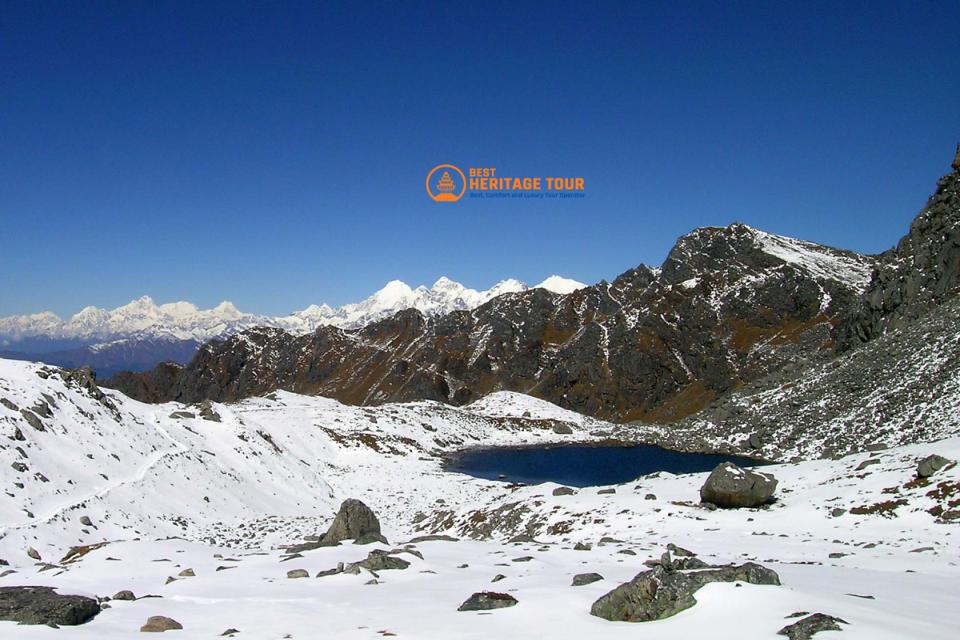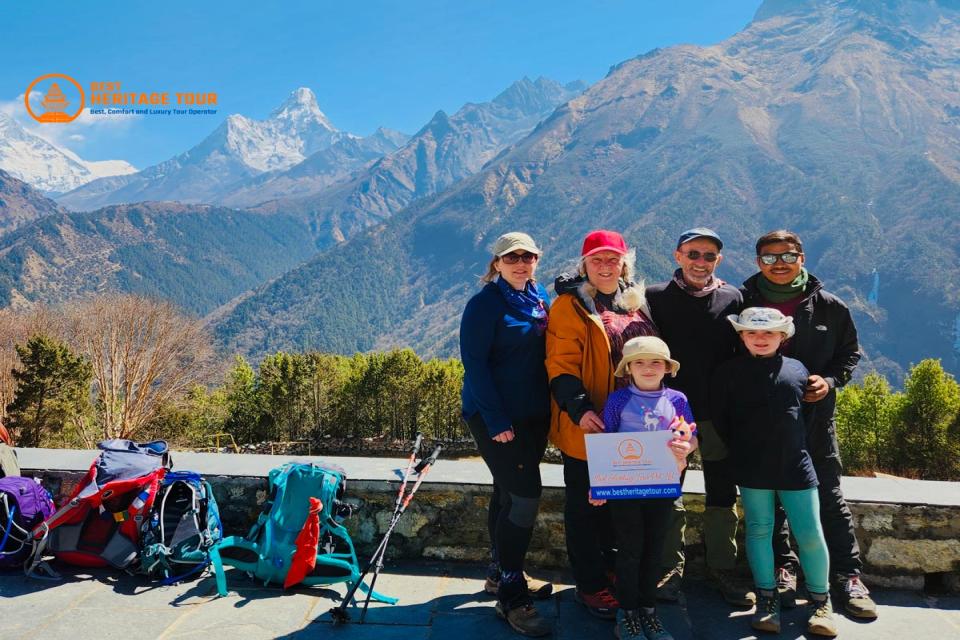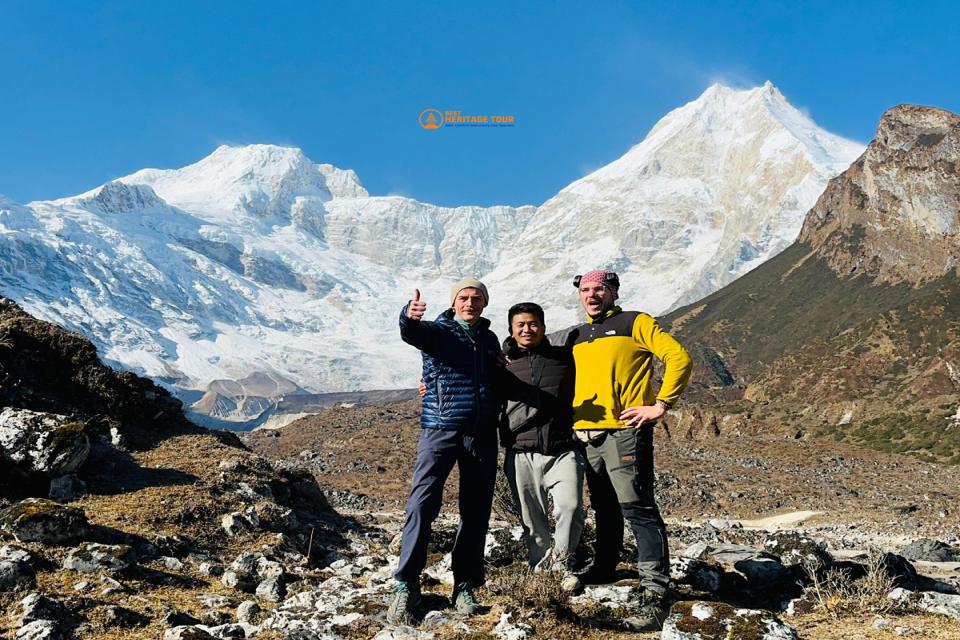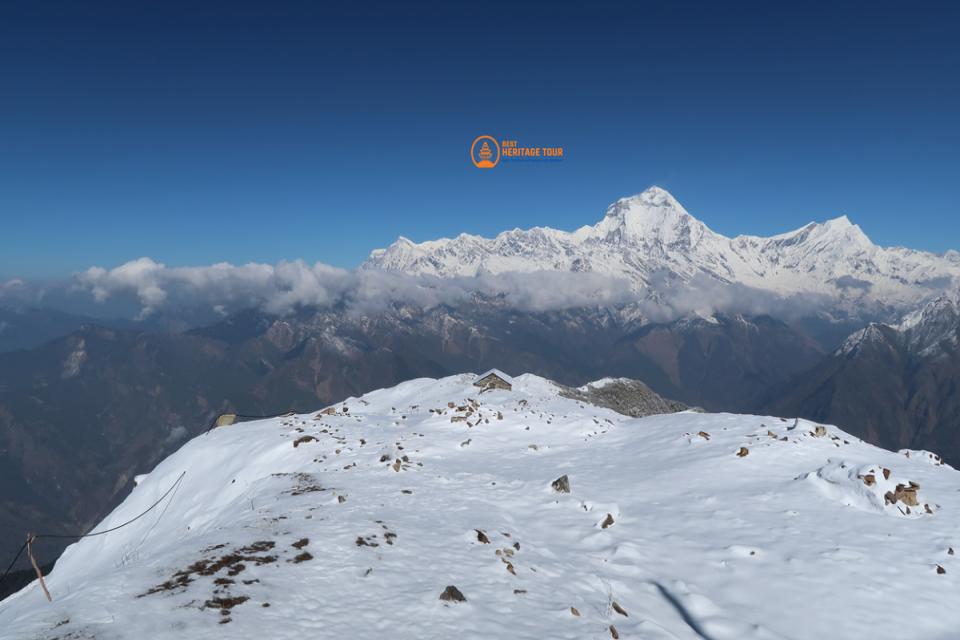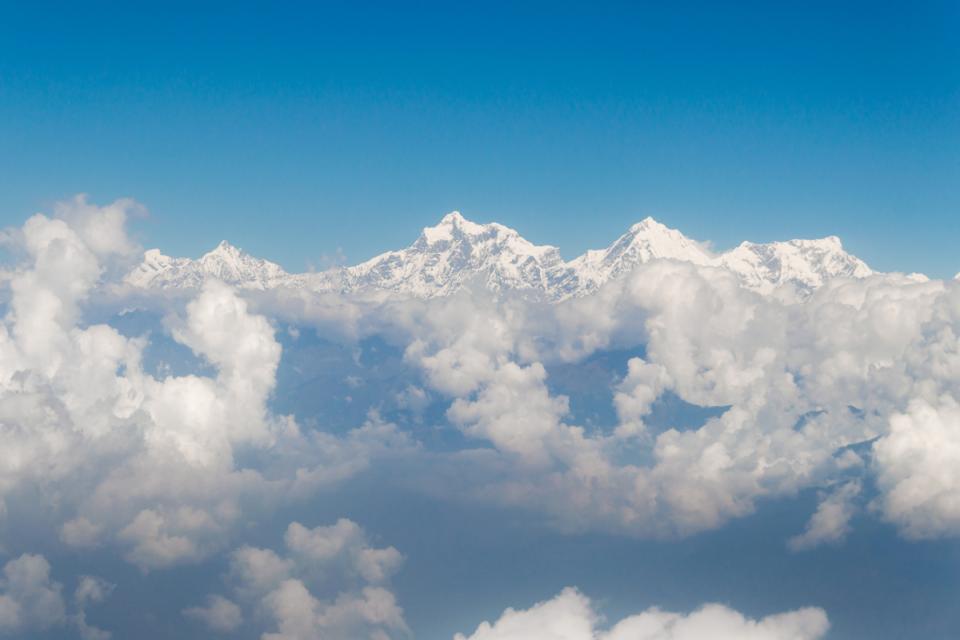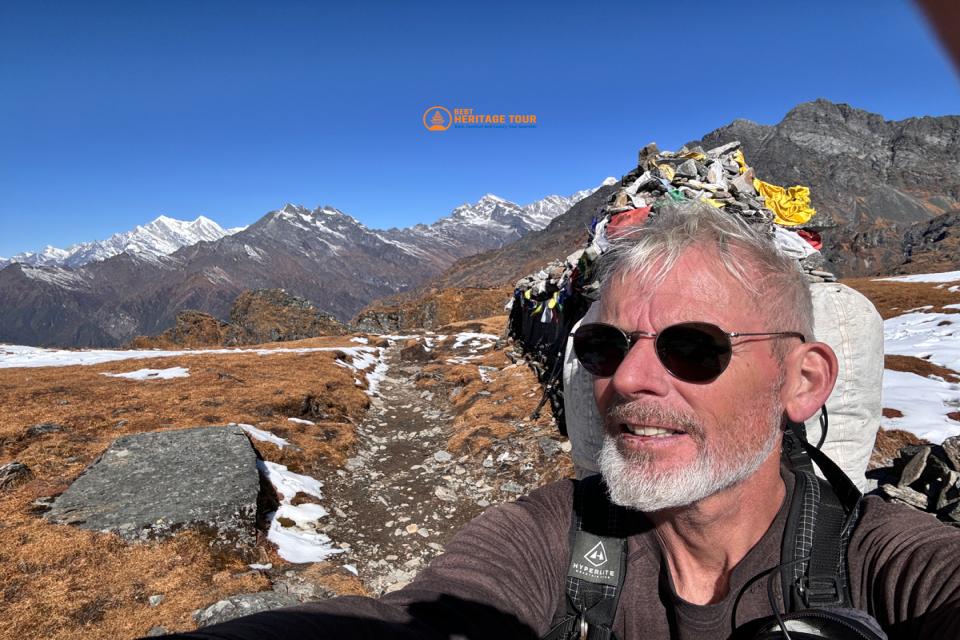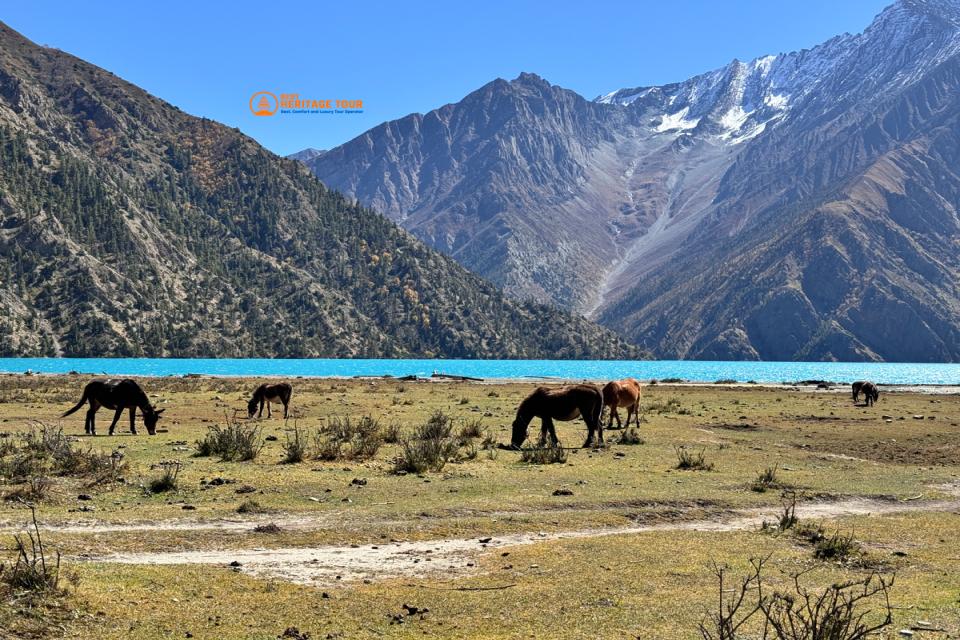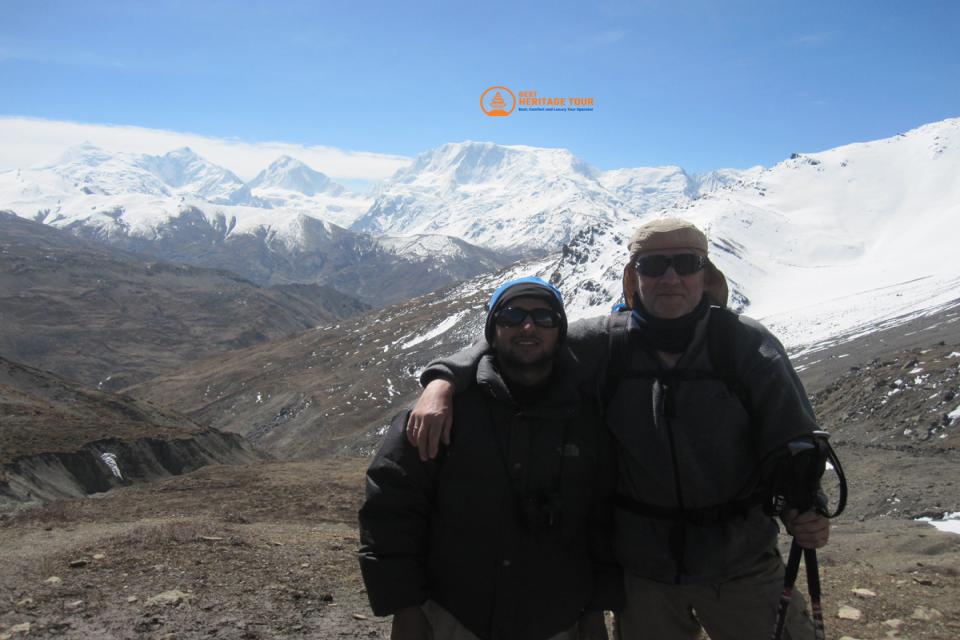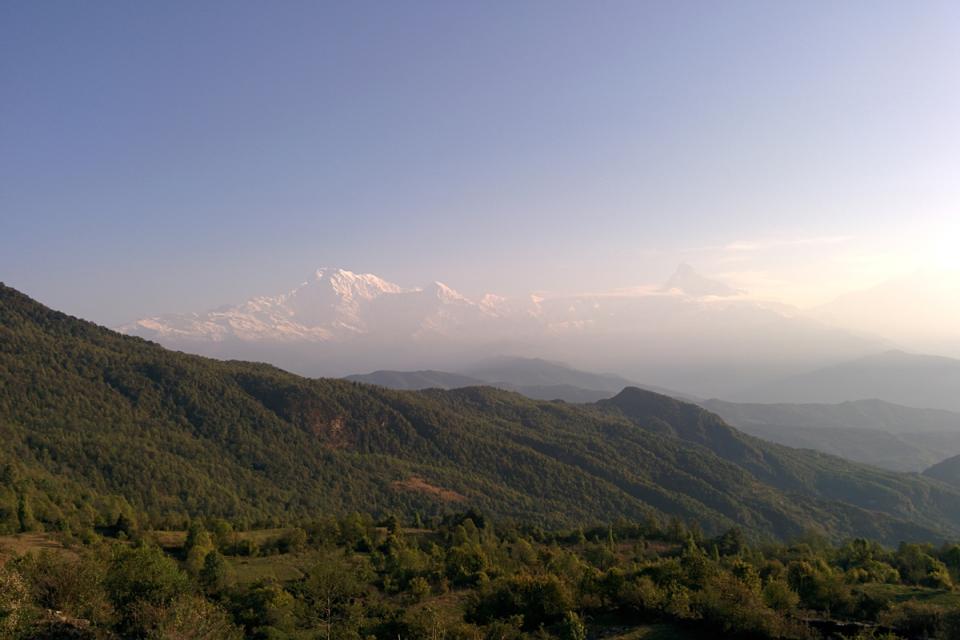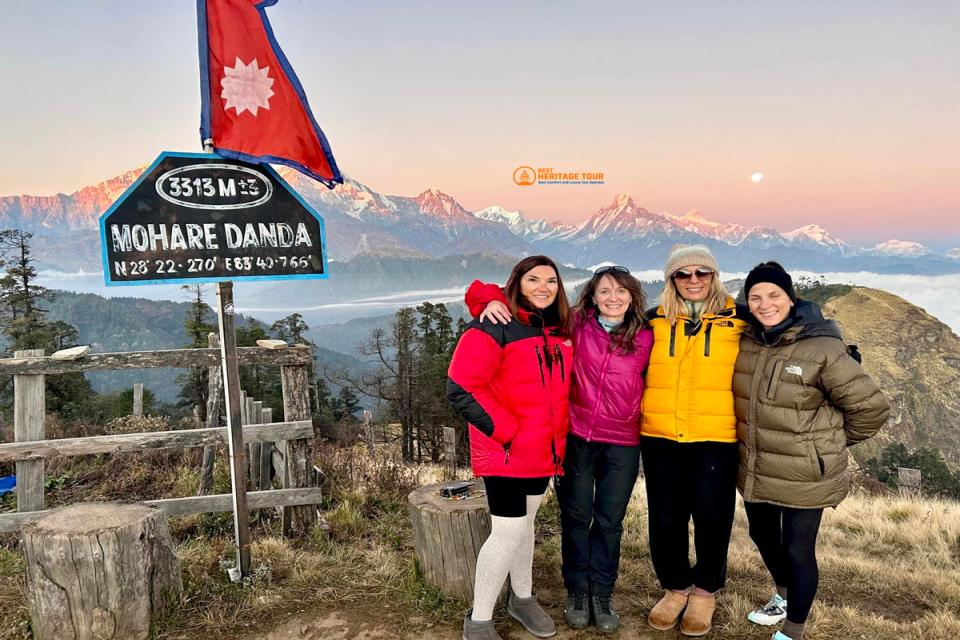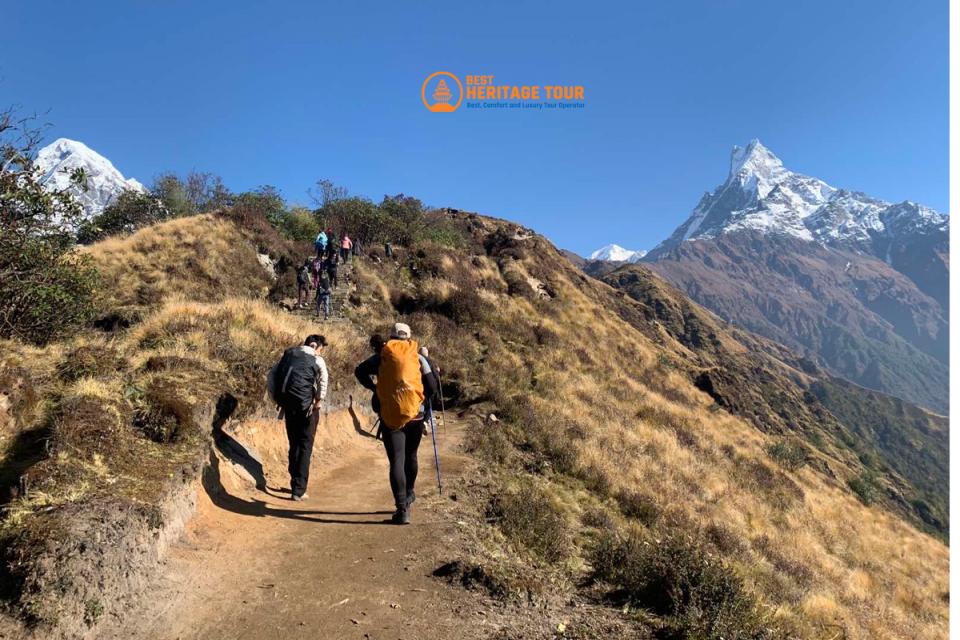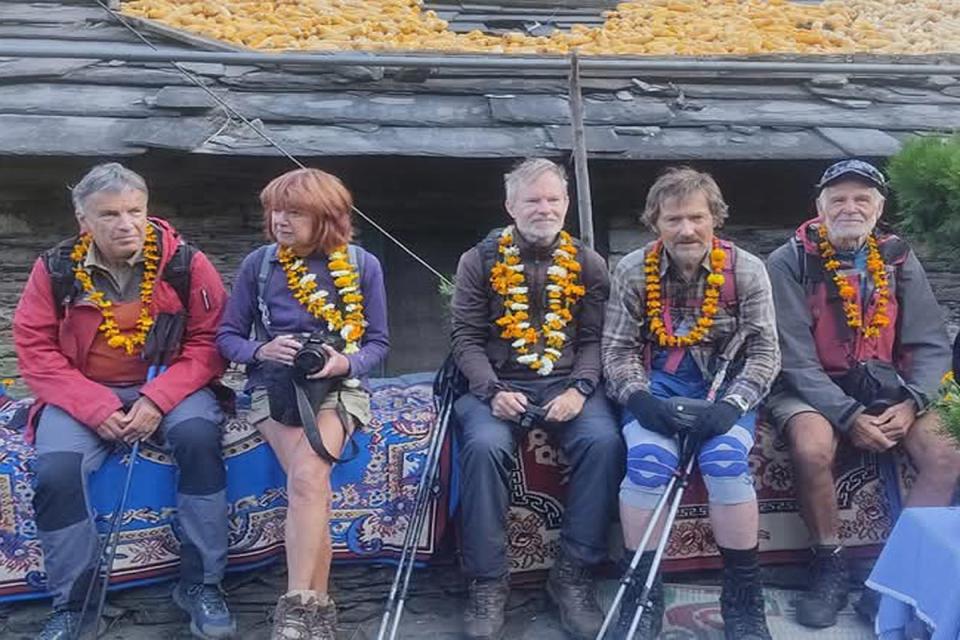When preparing for a trek, essentials like boots, backpacks, and hydration systems often top the list, but trekking poles are an underrated tool that can transform your hiking experience. Whether you're navigating the rocky descents of the Annapurna Circuit, crossing snowy Himalayan passes on the Everest Base Camp Trek, or exploring local trails closer to home, the right trekking poles can provide critical support, balance, and endurance.
This ultimate guide will walk you through the benefits of trekking poles, the types available, and how to choose the best one for your adventure in 2025 or 2026.
Why Use Trekking Poles?
Trekking poles aren't just for senior hikers or mountaineers. They are a must-have for anyone venturing into uneven, high-altitude, or long-distance terrain.
1. Reduces Stress on Joints
Descending steep trails puts enormous pressure on your knees and ankles. Trekking poles help redistribute your weight and reduce joint impact by up to 25%, as noted in The Journal of Sports Science. For those with knee issues or recovering from injuries, poles are essential.
2. Improves Balance and Stability
From river crossings in the Langtang Valley to gravel-covered slopes in Mardi Himal, poles act like a third and fourth limb, adding stability in tricky terrain and reducing your chances of falls.
3. Boosts Endurance
Using your arms to help push forward reduces fatigue in your legs, especially during long days on high-altitude treks like the Gokyo Lakes or Makalu Base Camp. They distribute physical effort more evenly across your body.
4. Helps Maintain Rhythm and Pacing
Once you find your rhythm, trekking poles help you maintain a meditative, consistent pace- a big help on longer trails such as the Annapurna Base Camp Trek or the Tamang Heritage Trail.
5. A Multipurpose Tool
Need to check snow depth, scare off animals, or set up a tarp shelter? Trekking poles are incredibly versatile on multi-day expeditions.
Types of Trekking Poles: What’s Right for You?
Choosing a trekking pole isn’t a one-size-fits-all situation. Consider the trail conditions, your trekking style, and comfort preferences.
|
Type |
Features |
Best For |
|---|---|---|
|
Adjustable Poles |
Extend or shorten for different terrains or users. |
Mixed terrain treks like Annapurna Circuit, family or group use |
|
Folding (Z) Poles |
Compact, lightweight, fast-deploying. |
Minimalist trekkers, trail runners, or thru-hikers with space constraints |
|
Fixed-Length Poles |
Lightweight and rigid, but non-adjustable. |
Day hikes or consistent terrain, experienced trekkers |
Material Comparison: Aluminum vs. Carbon Fiber
|
Material |
Pros |
Cons |
|---|---|---|
|
Aluminum |
Durable, budget-friendly, bends instead of snapping |
Slightly heavier, may corrode without care |
|
Carbon Fiber |
Extremely lightweight, excellent shock absorption |
Expensive, prone to snapping under heavy pressure |
Pro Tip: Choose aluminum poles for rugged, high-altitude adventures in Nepal. Go with carbon fiber if weight is your top priority, such as for the Everest View Trek or multi-region thru-hikes.
How to Choose the Best Trekking Poles
Use this checklist to match your trekking style with the right features:
|
Factor |
Recommendation |
|---|---|
|
Terrain Type |
Rocky or snowy? Opt for adjustable poles with wider baskets |
|
Trek Duration |
For long-distance hikes, lighter carbon fiber poles are ideal |
|
Storage Needs |
Z-poles or folding poles are great for packing into small bags |
|
Comfort |
Cork grips = most comfortable; foam = ultra-light; rubber = most durable |
|
Locking Mechanism |
Flip locks are more reliable than twist locks, especially in cold weather |
Caring for Your Trekking Poles
A little maintenance goes a long way:
-
Rinse off mud, sand, and grit after each use
-
Dry them fully before storage to avoid rust or mold
-
Inspect the tips regularly and replace worn-out ones
-
Avoid over-tightening adjustable parts
Final Thoughts: Small Gear, Big Difference
Trekking poles may not seem as exciting as your backpack or boots, but the right pair can drastically improve your trekking experience, especially in the Himalayan regions of Nepal. Whether you're trekking high-altitude passes, descending forested slopes, or crossing suspension bridges, they’ll support you every step of the way.
Need Help Picking the Best Gear?
For personalized trekking gear advice or to book your next Nepal adventure, reach out to Best Heritage Tour, Nepal’s trusted adventure travel partner.
-
Phone/WhatsApp/Viber: +9779851149197 / +9779810043046
-
Email: bestheritagetour@gmail.com / info@bestheritagetour.com
-
Website: www.bestheritagetour.com
-
Location: Thamel Marg, Kathmandu, Nepal
Author: Best Heritage Tour
Date: 8th May, 2025

